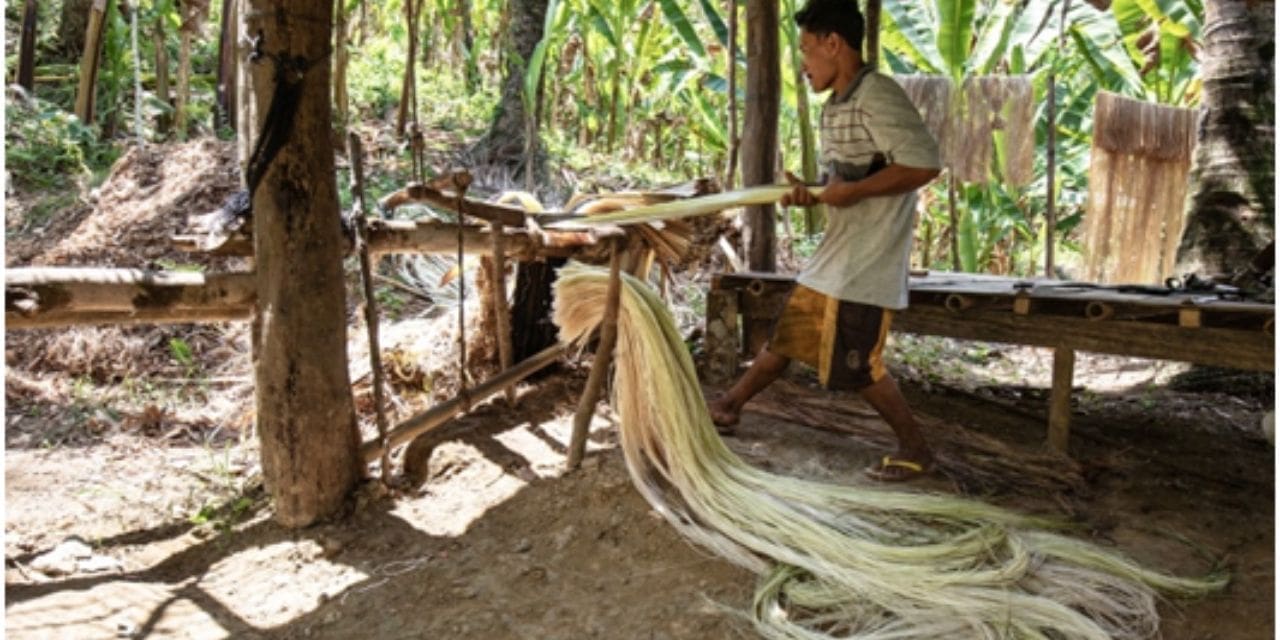Pioneers all over the planet are accomplishing moving outcomes utilizing normal sources, customary information, and progressed biotechnology strategies to foster reasonable materials for the style business, supplanting fur, cowhide and skins, and cutting the effects of one of the world’s most dirtying enterprises.
Despite the fact that organizations of this sort actually address a little piece of the worldwide material chain, such firms became fivefold somewhere in the range of 2017 and 2019. Leaders of clothing organizations as of late overviewed say they “try to source half of their items with such materials by 2025.”
This change underway and corporate attitude is because of a few variables, including strain from basic entitlements activists and ecological associations, alongside buyer interest, comes as the environment and natural emergencies develop.
“Feasible materials are significant assuming we are to change the style business from one of the most contaminating enterprises to one that is extraordinary, regenerative and more empathetic, really focusing both on the climate and individuals it contacts in its mind boggling store network,” says style fashioner Carmen Hijosa.
In a universally interconnected world, materials, for example, calfskin obtained from dairy cattle, and fleece sheared from sheep, have turned into a genuine wellspring of deforestation, other unfavorable land-use impacts, biodiversity misfortune and environmental change, while fur ranches (gathering pelts from butchered mink, foxes, raccoon canines and other enclosure kept wild animals) have turned into a significant biohazard to human wellbeing – a danger underlined by the gamble fur ranches posture to the ebb and flow and future spread of zoonotic infections like COVID-19.
However, in a not-really far off future, style biomaterials produced using plant leaves, organic product waste, and lab-developed microorganisms might supplant creature determined materials – including cowhide, fur, fleece and silk – with execution at first on a little yet rapidly growing scale, yet in the end on a worldwide scale.
That pattern is well in progress, truth be told. In under 10 years, many new companies have arisen, fostering a scope of biomaterials that, as well as killing the utilization of creature items, join economical practices into their creation chains
Not this multitude of material organizations, for the most part situated in Europe and the United States, have completely accomplished their objectives, however they proceed to test and run after another design worldview. Among promising revelations: vegetarian bioleather made with mycelium (the vegetative, threadlike piece of organisms), and bioexotic skins produced using cactus and pineapple leaves, grape skins and seeds, squeezed apple, banana stalks and coconut water. There are additionally new materials in view of green growth that can go about as carbon sinks, and vegetarian silk produced using orange strip.

